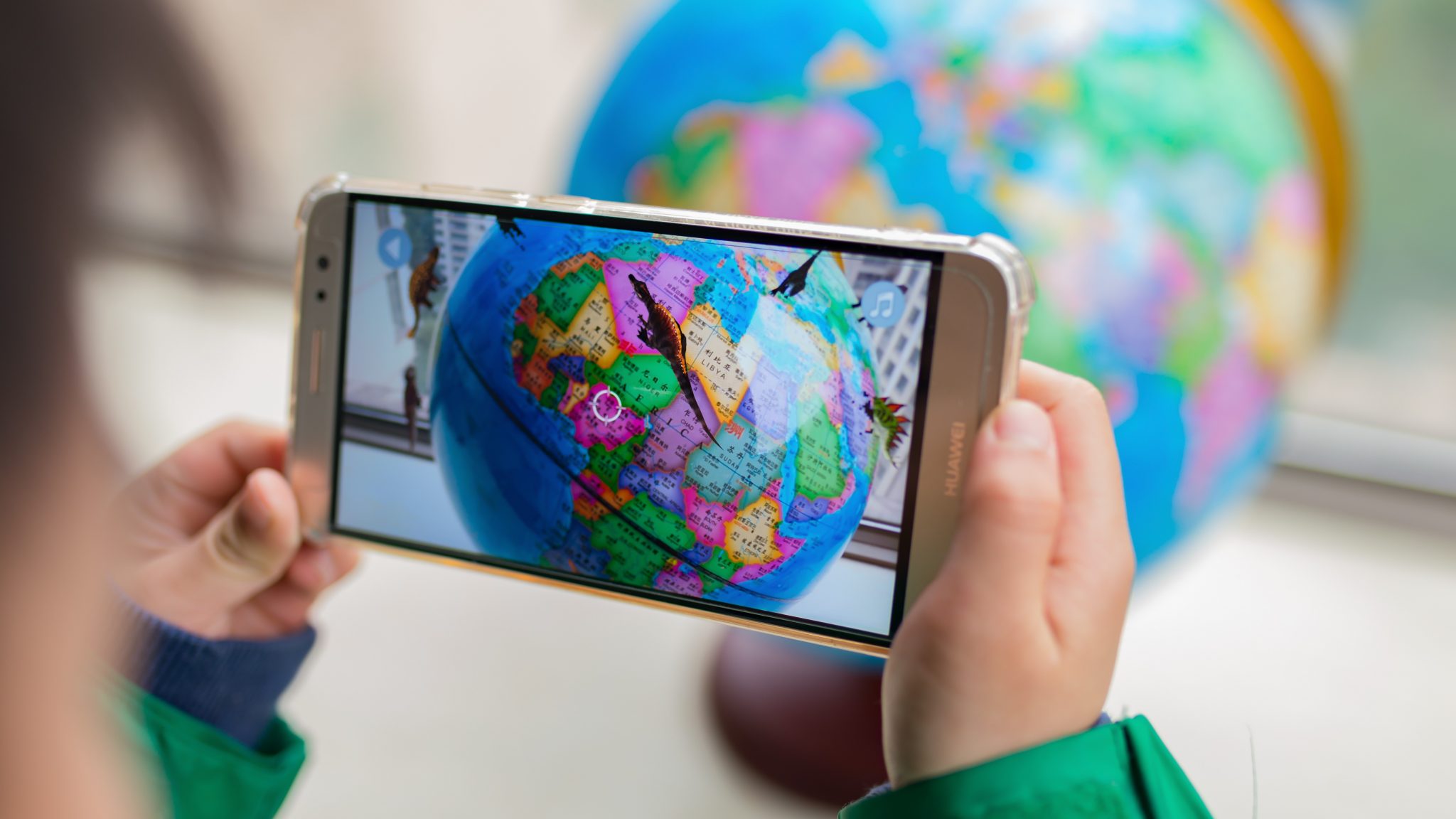

Augmented Reality: Reshaping the Future of Education
Education is constantly evolving, and the integration of technology plays a pivotal role in this transformation. Among the most promising technologies poised to revolutionize learning is Augmented Reality (AR). AR isn't about replacing teachers or traditional methods; it's about enhancing them, creating more engaging, interactive, and effective learning experiences. This article delves into the current impact of AR in education and explores its potential future.
What is Augmented Reality?
Unlike Virtual Reality (VR), which creates a completely immersive digital environment, Augmented Reality overlays digital information onto the real world. Think Pokémon Go – digital creatures appearing in your physical surroundings. In education, this translates to bringing textbooks to life, visualizing complex concepts, and providing interactive simulations.
Current Applications of AR in Education
AR is already making waves in classrooms across various disciplines. Here are some key applications:
- Science: Students can dissect a virtual frog without the ethical concerns or mess, explore the solar system in their classroom, or visualize molecular structures in 3D.
- History: AR can recreate historical events and environments, allowing students to "walk through" ancient Rome or witness a pivotal battle.
- Mathematics: AR apps can help students visualize geometric shapes, understand fractions, and solve complex equations in a more intuitive way.
- Language Learning: AR can provide real-time translations of objects and environments, aiding in vocabulary acquisition and cultural understanding.
- Anatomy: Detailed 3D models of the human body can be explored, allowing students to learn about organs and systems in an interactive manner.
Benefits of Using AR in Education
The advantages of incorporating AR into the educational landscape are numerous:
- Increased Engagement: AR transforms passive learning into an active, immersive experience, capturing students' attention and fostering a greater interest in the subject matter.
- Improved Understanding: Visualizing abstract concepts in 3D makes them easier to grasp and retain.
- Personalized Learning: AR applications can adapt to individual student needs and learning styles, providing customized instruction.
- Enhanced Collaboration: AR can facilitate collaborative learning activities, allowing students to work together on virtual projects.
- Accessibility: AR can provide access to learning resources for students with disabilities, offering alternative ways to engage with the material.
Challenges to Adoption
Despite its potential, widespread adoption of AR in education faces some hurdles:
- Cost: AR hardware (tablets, smartphones) and software can be expensive, creating a barrier for schools with limited budgets.
- Infrastructure: Reliable internet connectivity is essential for many AR applications.
- Teacher Training: Educators need adequate training to effectively integrate AR into their lesson plans.
- Content Development: High-quality AR educational content is still relatively limited.
- Digital Divide: Ensuring equitable access to AR technology for all students is crucial.
The Future of AR in Education
Looking ahead, the future of AR in education is incredibly promising. We can expect to see:
- More Affordable Hardware: As AR technology matures, the cost of devices will likely decrease.
- AI-Powered AR: Artificial intelligence will play a larger role in personalizing AR learning experiences.
- AR Cloud Integration: The AR cloud will enable persistent AR experiences that can be shared and accessed by multiple users.
- AR-Enhanced Textbooks: Textbooks will evolve into interactive AR experiences, bringing content to life.
- Remote Learning Revolution: AR will enhance remote learning by providing immersive and engaging virtual classrooms.
Examples of AR Educational Tools
| Tool | Description | Subject Area |
|---|---|---|
| QuiverVision | Coloring pages that come to life in 3D when viewed through the app. | Art, Science, General Learning |
| Elements 4D | Interactive blocks that reveal information about chemical elements. | Chemistry, Science |
| Anatomy 4D | Detailed 3D models of the human anatomy. | Biology, Anatomy |
| Google Expeditions (discontinued, but inspiring future apps) | Virtual field trips to locations around the world. | Geography, History, Science |
Conclusion
Augmented Reality has the potential to fundamentally change the way we learn. By creating immersive, interactive, and personalized learning experiences, AR can empower students to reach their full potential. While challenges remain, the benefits of AR in education are undeniable, and its future looks bright. Learn more about AR in education from Educause.
